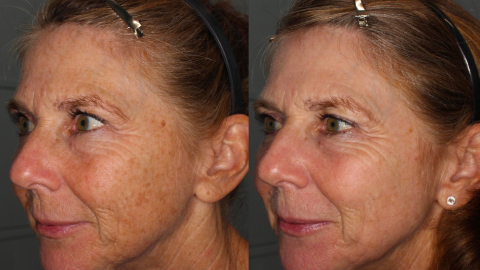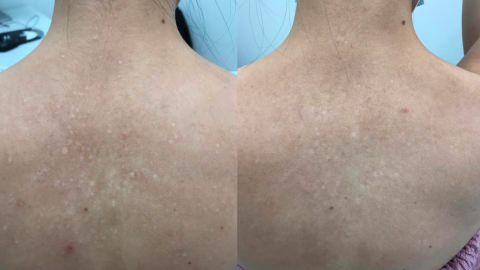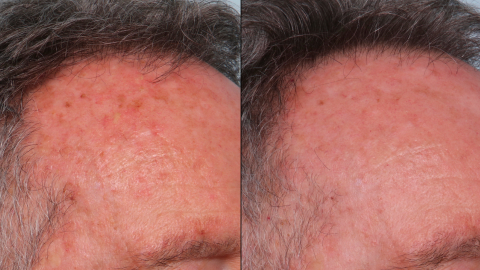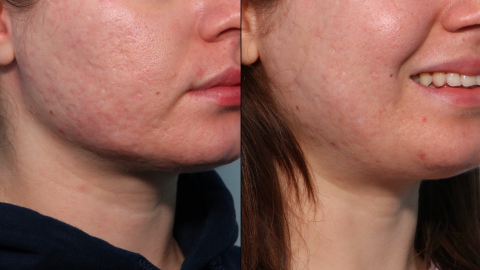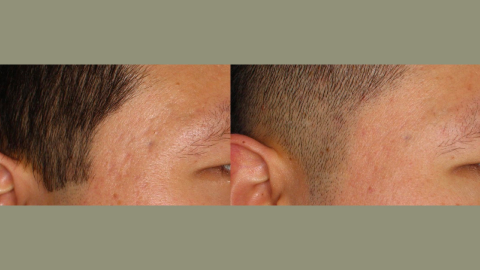Laser resurfacing
What is laser resurfacing?
Laser resurfacing is a process where a controlled injury is delivered to the skin to generate a healing response to improve skin texture, light reflection, pigmentation, wrinkles and/or sun damage. Different types of improvement can be seen depending on the depth of laser in the skin, the amount of energy delivered, and the patient’s skin.
Laser resurfacing can be nonablative – meaning it delivers infrared light to heat the skin, and not vaporize it. An example of device that does nonablative resurfacing is Fraxel ReStore. Another example is Clear & Brilliant – this is a device that provides a gentler form of treatment.
Laser resurfacing can also be ablative – meaning it vaporizes small columns within the skin. Since this is a bigger injury than nonablative treatment, the recovery is longer and more involved, but the improvement per session can be more significant. An example of a fractional ablative laser resurfacing device is Fraxel RePair.
Lastly, both types can be combined, to perform a hybrid treatment. This is how the Halo device works.
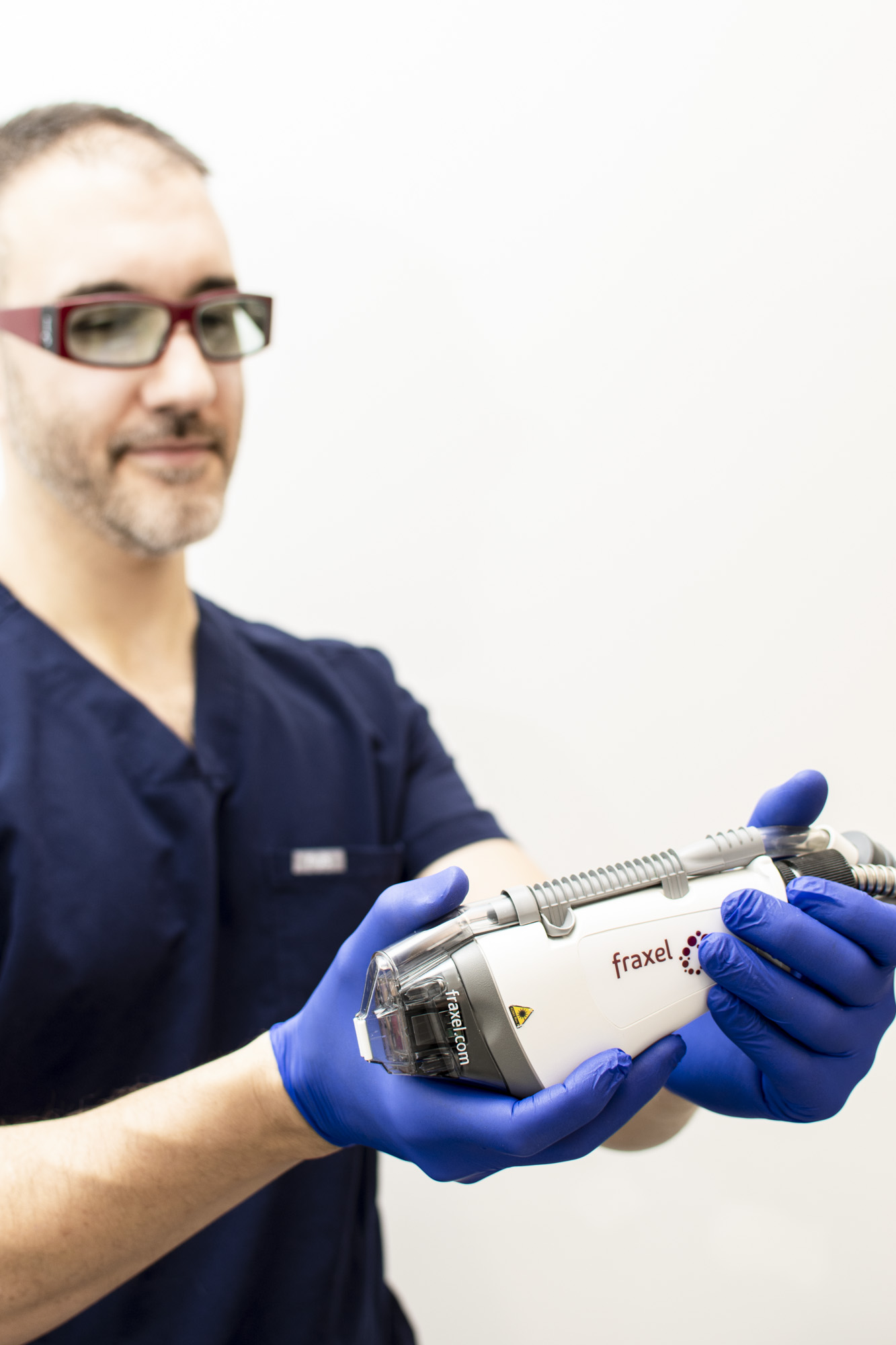
What can laser resurfacing treat?
When laser resurfacing is done superficially, it can treat brown spots, actinic keratosis and large pores/texture. When the energy is delivered deep to the skin, it can target acne scarring, depressed scars and wrinkles.
During your consultation, the type of laser resurfacing, the expected improvement, number of treatment sessions, expected recovery and risks will be discussed in detail.
What is the recovery like after laser resurfacing?
On the day of treatment, we review the procedure with you, you sign forms and we take photos in our dedicated photo studio. The skin is cleansed and numbing cream is applied to the skin for up to an hour. The skin is cleansed again and your eyes are shielded.
For nonablative and hybrid resurfacing, cold air is also often used to keep the treatment comfortable. This is not a point-and-shoot type of laser – it has a rolling triggering mechanism that delivers the energy to the skin surface as it is rolled horizontally and vertically. Full face treatment takes anywhere from 15-45 minutes depending on the treatment. The laser pulses feel prickly and hot, and the skin feels very hot after the procedure. Cool cloths are applied after the procedures and ice-packs are given. The skin is red and swollen for 2-5 days and can peel for 4-10 days depending on the treatment delivered.
Ablative resurfacing is more involved – numbing is often injected for pain control prior to the procedure. The recovery is more involved: skin is often oozing and has pinpoint bleeding over the first 2-3 days, and is very crusty/scaly for the remaining 7-14 days. We provide thorough aftercare recommendations, including use of dilute vinegar soaks and ointment. The skin can remain pink/red for a few weeks after treatment.
For all types of laser resurfacing, we avoid treating tanned skin and recommend sun avoidance to avoid pigment changes from the procedure. Persistent redness from the procedure is common after the procedure. Following aftercare instructions is critical to minimize the rare risk of infection, abnormal pigmentation or scarring.
Curious what type of laser resurfacing is best for you? A consultation is the first step.

